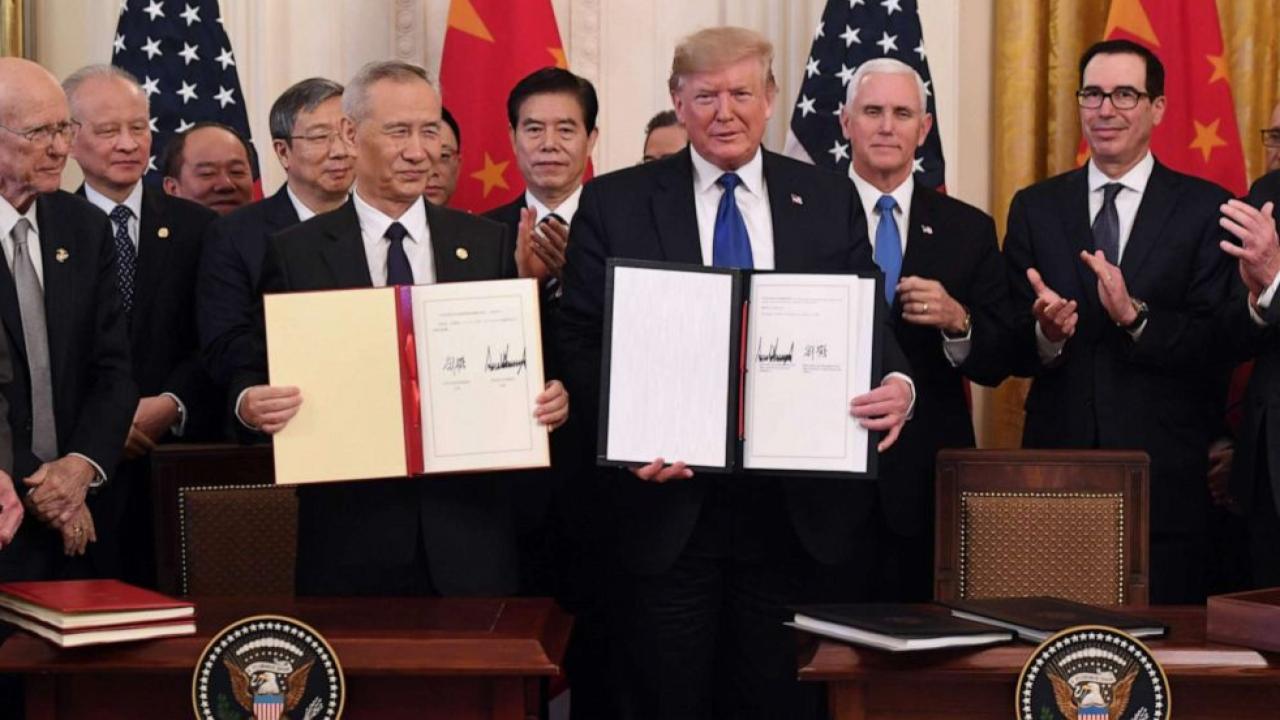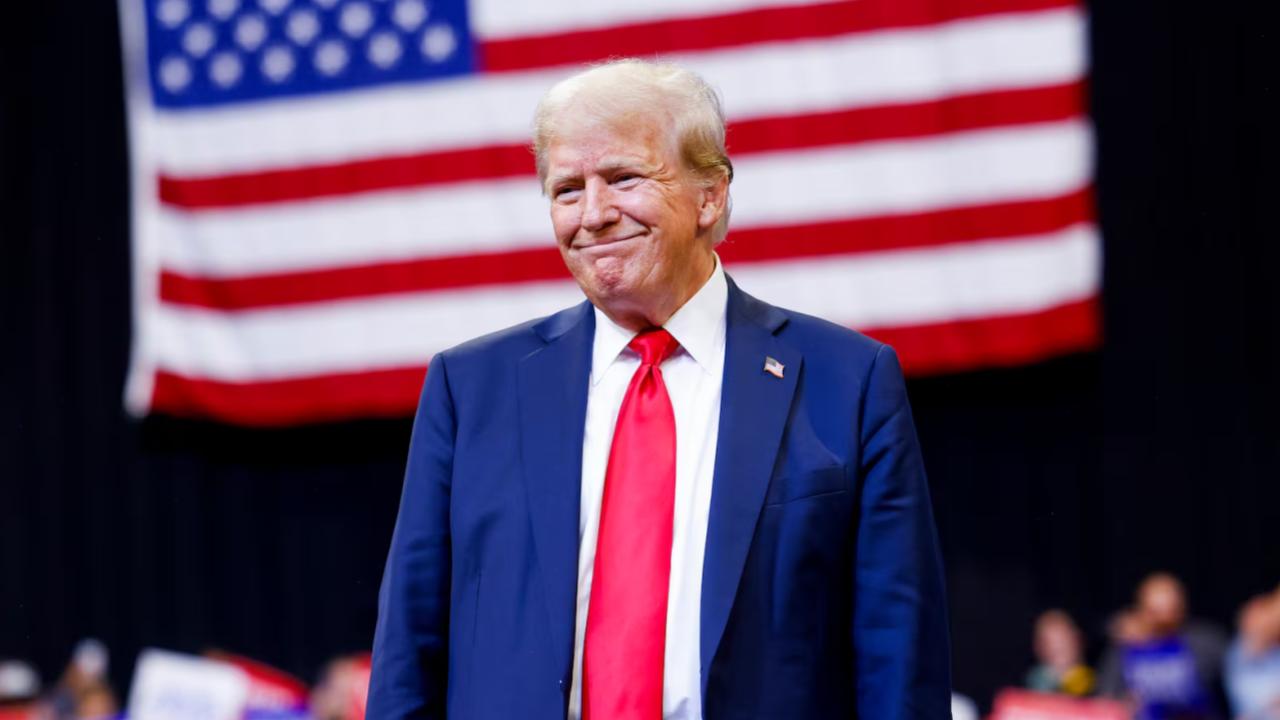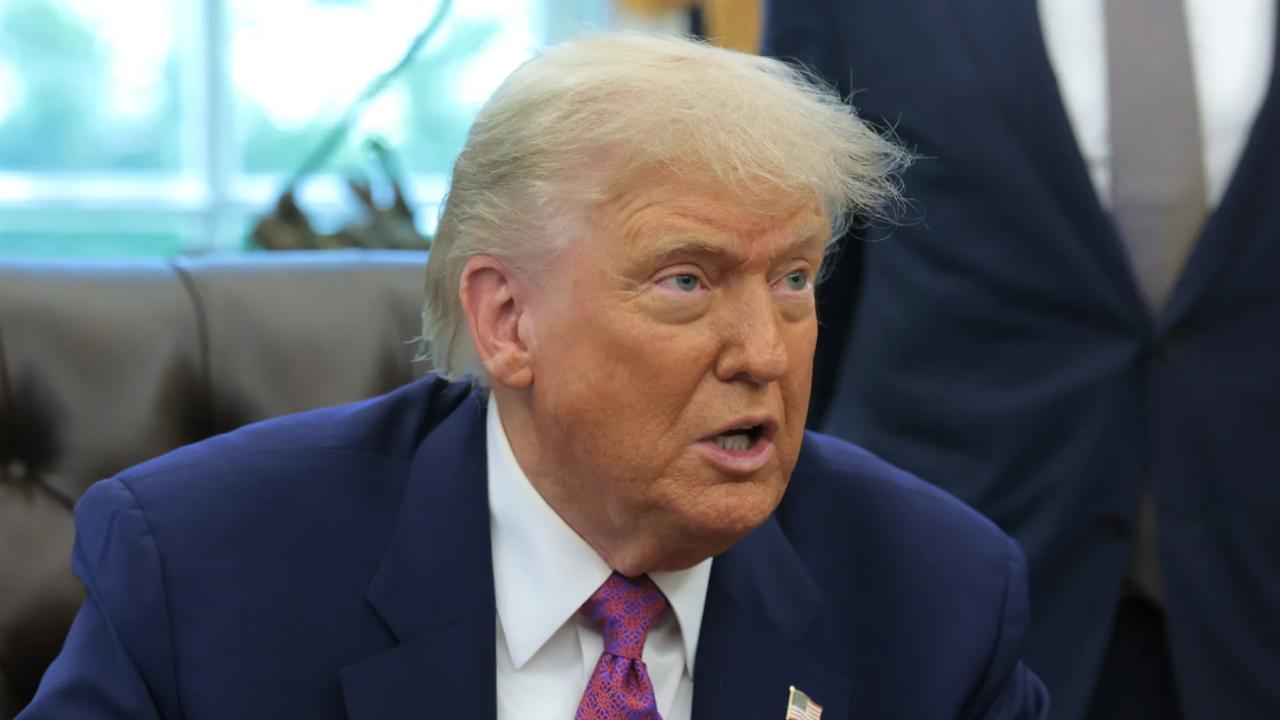In an era where natural disasters seem more frequent and intense, the effectiveness of how the U.S. government responds has never been more crucial. Recently, former President Donald Trump and South Dakota Governor Kristi Noem have proposed a major overhaul of the federal disaster response system. This bold proposal seeks to reimagine the role of the Federal Emergency Management Agency (FEMA), aiming to speed up responses, improve efficiency, and make disaster relief more transparent. In this article, we’ll break down the details of the plan, what it means for you, and how it could change the way America handles natural disasters.

Trump and Noem’s Major Overhaul of Federal Disaster Agency
The Trump and Noem overhaul of FEMA has sparked an important conversation about the future of disaster response in the United States. While there are clear benefits to decentralizing control and empowering local leaders, there are also significant risks involved. The debate over how best to handle the increasing frequency and severity of natural disasters is far from over. As the proposal continues to evolve, one thing is clear: The U.S. will need a disaster management system that can adapt to the challenges of a changing climate.
The Plan: A New FEMA for a New Era
The proposed overhaul of FEMA, which is primarily under the jurisdiction of the Department of Homeland Security (DHS), seeks to transform the agency’s structure and approach. The main goal is to make disaster response more efficient, faster, and better tailored to local needs. In essence, Trump and Noem envision an agency that can quickly mobilize resources and deliver relief directly to the states and communities that need it most.
One of the key proposals includes decentralizing FEMA’s operations. Instead of having a one-size-fits-all federal response, the plan would give more power to local and state agencies. The idea is that these local agencies are more familiar with their communities’ unique needs and are often quicker to respond. This would also reduce the bureaucratic red tape that sometimes delays critical aid during emergencies.
What’s the problem with FEMA now?
Despite FEMA’s central role in disaster relief, the agency has often faced criticism for slow responses, especially during large-scale disasters like Hurricane Katrina in 2005 and more recently, the COVID-19 pandemic. Many argue that FEMA’s centralized structure can’t adapt fast enough to the specific needs of different regions, leading to inefficient distribution of resources. In some cases, disaster relief funds don’t reach local communities fast enough, or they don’t meet the most urgent needs.

What Does the Overhaul Mean for States?
The biggest change under this new proposal is the idea of allowing states to have more control over disaster response and funding. Under the current system, while states do have a role, much of the funding and decision-making power comes from Washington. The Trump-Noem plan would shift that balance, granting state governments and local authorities more autonomy in how they allocate disaster funds and resources.
This shift would likely be a welcome change for states like South Dakota, which has a history of managing its own emergency situations effectively. Governor Kristi Noem has been vocal about how local governments often know best when it comes to responding to natural disasters like floods or wildfires. She believes that by empowering local leadership, communities will be able to act more swiftly and decisively in the face of crises.
For example, South Dakota is known for its proactive approach to wildfires and other natural events. With more control over resources and decisions, state governments could better tailor their responses to specific disasters that they are more familiar with.
A Mixed Bag of Opinions: Support and Criticism
As with any proposal, this one has garnered both support and opposition. Proponents argue that decentralizing FEMA could lead to more effective disaster responses and better use of resources. They point out that local governments are often more familiar with the terrain, infrastructure, and specific needs of their communities, so they could respond faster than a large, bureaucratic federal agency.
On the flip side, critics worry that decentralizing FEMA could create inconsistent responses to disasters across the country. Without a uniform federal standard, it could lead to some states receiving more or less help based on political or logistical considerations. For instance, smaller, less resourceful states could struggle without the federal support they rely on in emergencies.
Another concern is the potential for abuse of power. Local governments and states may prioritize some areas over others, especially in politically charged regions. The fear is that aid could be uneven, with certain communities or demographics receiving preferential treatment.
Could This Affect Funding for Disasters?
One of the significant changes with this proposal could also be how federal disaster funding is allocated. Currently, when a disaster strikes, FEMA provides funding based on a series of federal guidelines. But under this new approach, it could shift to a system where states and localities receive more block grants, giving them more flexibility in how they spend those funds.
This could have advantages in that local leaders would be able to direct resources to areas they deem most critical. However, it could also open the door for less oversight, where funds might not be spent as effectively as intended.
Moreover, while FEMA has historically received significant federal funding, the Trump-Noem proposal could lead to more competition among states for funding, depending on how the new system is structured. This could affect states that are more prone to frequent natural disasters, such as Florida or California, where disaster preparedness and response are ongoing challenges.
What’s Next for the Proposal?
As of now, the Trump-Noem plan is still in the early stages, with both supporters and critics voicing their opinions. It will take time to see whether this overhaul will gain traction in Congress, where the debate over the federal role in disaster response has been ongoing for years.
If the proposal moves forward, it could result in sweeping changes to the disaster response landscape in the United States. Local governments and states will likely play a more prominent role in how disaster funds are allocated and managed, potentially altering the dynamic between federal and local agencies.






